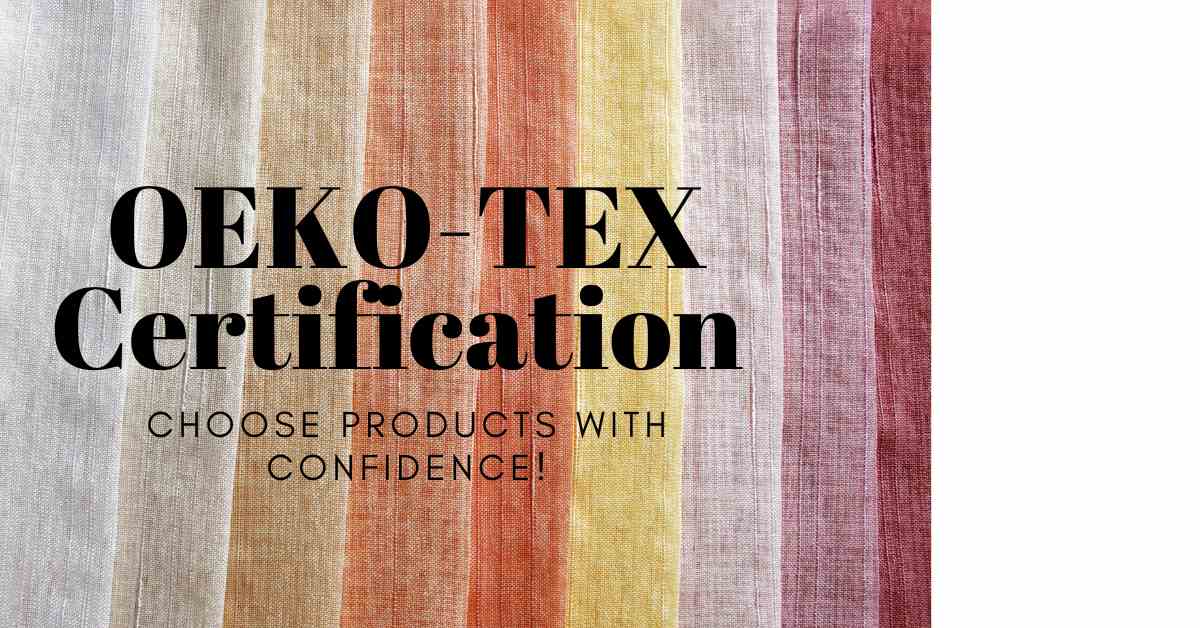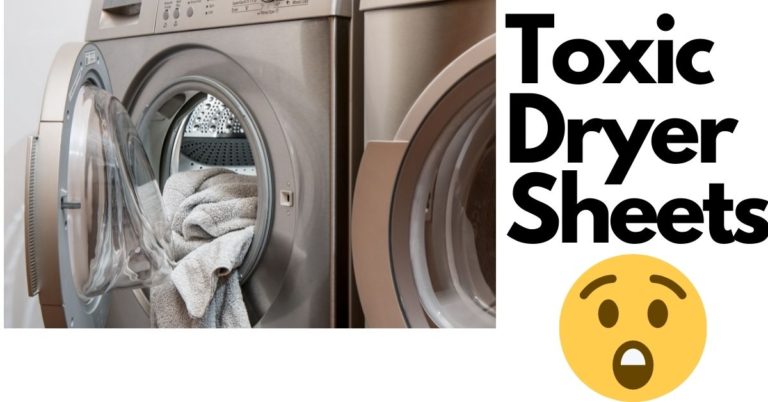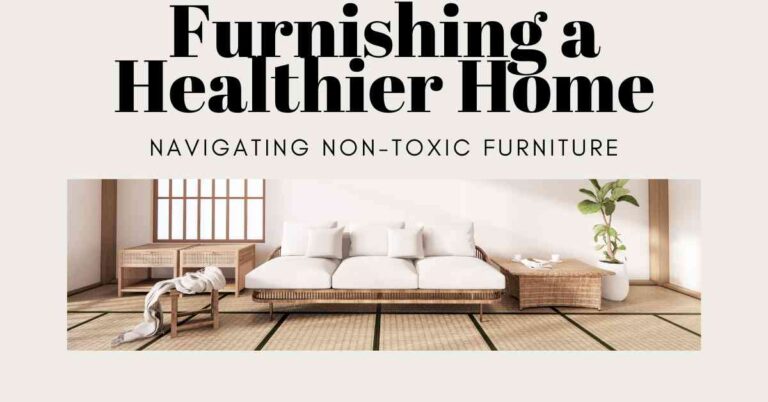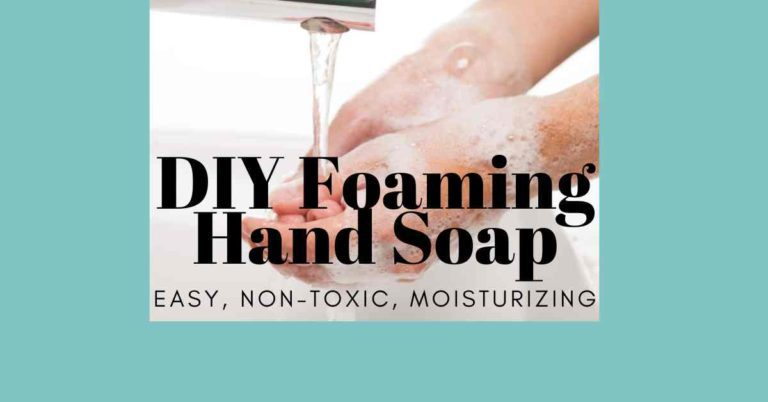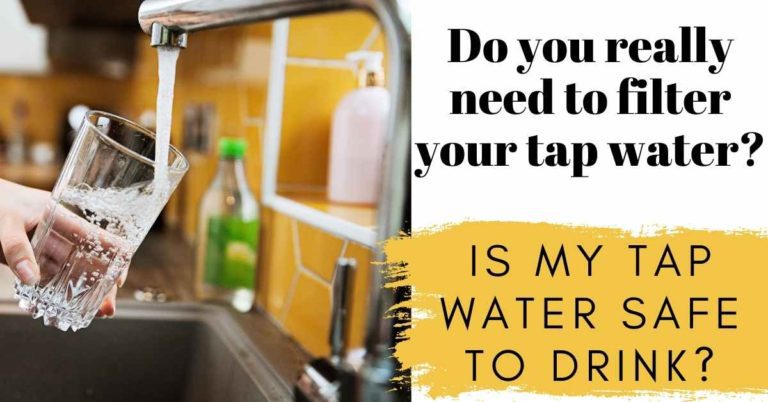OEKO-TEX Certification: Choose Products with Confidence!
I started noticing more and more items at Target carrying the OEKO-TEX label, both Standard 100 and Made In Green label. I’ve mostly seen it on baby and kids clothes, sheets, towels, and bath mats. And you know what?? It made me feel more confident with my purchase, but I really had no clue what it was about besides being “tested for harmful substances.” I wanted to know more about what this actually meant. If you’re curious too, read on for some helpful information!
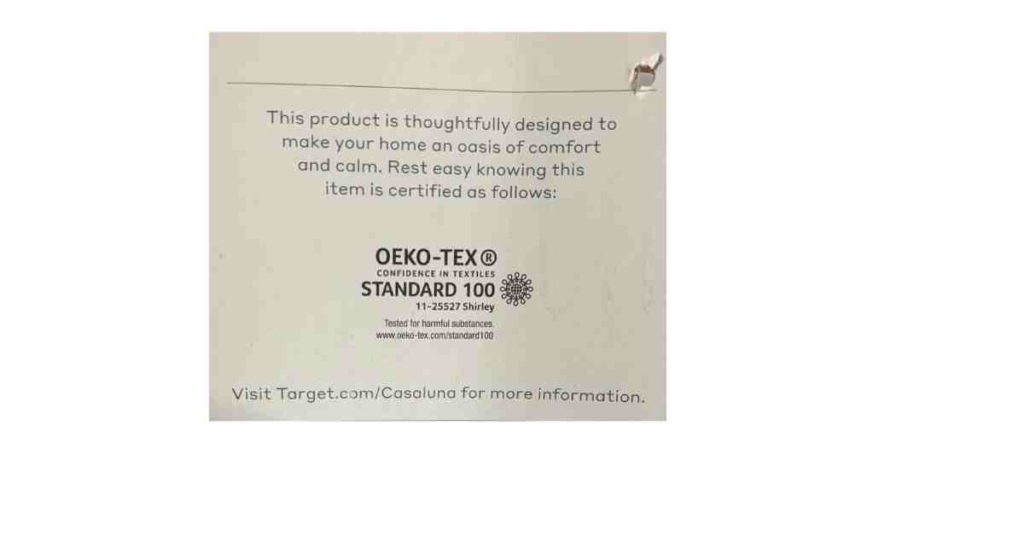
What is OEKO-TEX?
OEKO-TEX is an independent testing and certification system that ensures textiles meet high safety requirements for human health. Textile includes fiber based products.
What is OEKO-TEX Standard 100?
The OEKO-TEX Standard 100 tests for potentially harmful substances, including formaldehyde, heavy metals, and other chemicals, and is a simple way to make sure you are making a safe and responsible purchase for your family.
Here is what OEKO-TEX states about the label, “If a textile article carries the STANDARD 100 label, you can be certain that every component of this article, i.e. every thread, button and other accessories, has been tested for harmful substances and that the article therefore is harmless for human health.”
They also use product classes, and state this on their site:
“A product class is a group of different articles categorized according to their intended utilisation. The various product classes differ in the requirements that the products have to fulfil and by the limit values that are applied.”
Product class 1: This product class includes products for babies and has the strictest requirements and limit values.
Product class 2: This product class includes products with skin contact. This comprises articles that come into direct contact with the skin to a large extent, such as blouses, shirts, underwear, mattresses, etc.
Product class 3: This product class includes products without skin contact. This covers articles that have no or minimal contact with the skin, such as jackets and vests, belts, etc.
Product class 4: This product class includes decoration materials. It covers all articles including initial products and accessories used for furnishing purposes, such as table cloths, curtains, upholstery fabrics, etc.
What is OEKO-TEX Made In Green label?
The OEKO-TEX Made In Green label is for products that are made in environmentally friendly and socially responsible production facilities. The label covers all aspects of sustainability, from water consumption to energy use and chemical safety. This means you can trust the process behind the product as it was created with respect for people, animals and the environment!
A requirement for the Made In Green label is the textile needs to pass the needs to The label also requires the textile is tested for harmful substances and must be OEKO-TEX Standard 100 or OEKO-TEX Leather certified in addition to OEKO-TEX STeP. So there are extra requirements that ensures the product does not contain harmful substances and is made with sustainable practices. Pretty cool!
Why is this important?
OEKO-TEX certified products are less likely to cause allergies and skin irritations, especially important for kids since they have more delicate skin and this label helps protect the, from any possible harmful chemicals or toxins. In addition, these standards help ensure that children’s clothing, bedding, and other fabrics are made from materials that have been manufactured under safe and responsible conditions. This can give parents peace of mind when making purchases for their family.
Another great benefit of OEKO-TEX according to the independent tester is “The criteria catalog is updated at least once a year and expanded with new scientific knowledge or statutory requirements. It is not easy for manufacturers and customers to keep an overview of the legal situation concerning harmful substances every day. Our experts from the OEKO-TEX® institutes do this for you.”
What chemicals are banned in OEKO-TEX?
OEKO-TEX tests for potentially harmful substances, such as formaldehyde, heavy metals, and other chemicals. The certification also ensures that products are free from banned azo dyes and allergenic dyes, which can cause skin irritation. In addition, it has strict limits for levels of certain pesticides and phthalates. The certification also requires that all products must be tested and certified by an independent laboratory before they can receive the OEKO-TEX seal of approval.
Where to find OEKO-TEX certified products?
You can find a wide range of OEKO-TEX certified products in retail stores and online. Look for the OEKO-TEX label when you shop, some online stores may even have it as a filter option. It’s a simple way to make sure you are making a safe and responsible purchase for your family.
It’s also important to note it costs money for the seller to get these labels, it was noted the average cost of a certificate in the U.S is $6,500. This includes license fees, testing, lab costs, and company visits. So this label probably isn’t feasible or makes sense for smaller brands and companies. However if companies prioritize safe materials and sustainability most likely it will be very visible on the product pages and garment tags to also help you make informed decisions.
Final Thoughts
When shopping for items that may come into contact with your skin or have a direct impact on your health, you can trust that products bearing the OEKO-TEX Standard 100 label have been tested for harmful substances and made in an environmentally friendly and socially responsible production facility if they also have the OEKO-TEX Made In Green label.
That’s it! Now you should be more informed about these two labels and feel confident when making your next purchase. Happy shopping!

